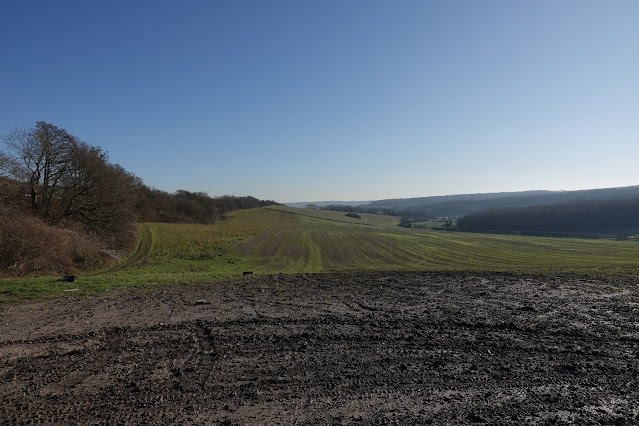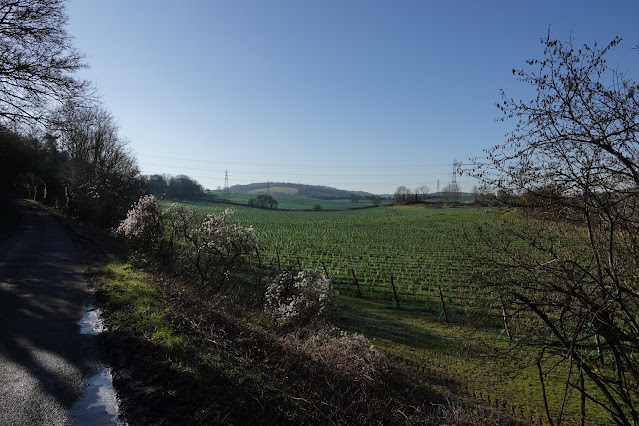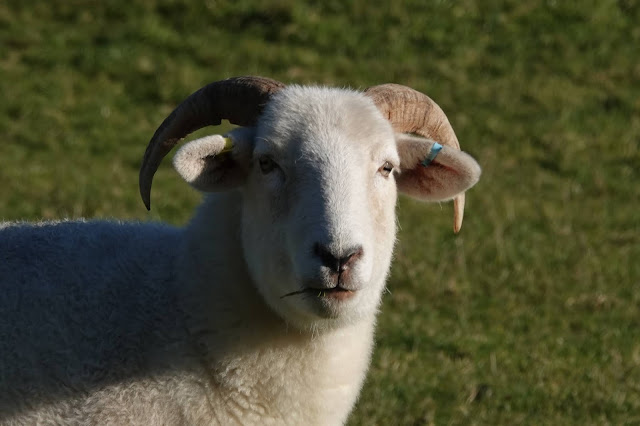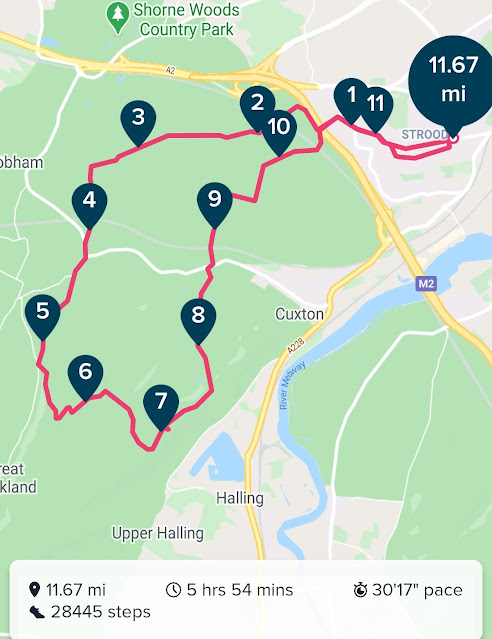I have decided to delve back into my journals from 30 years ago and create a monthly recap of my birding exploits when I had not long passed my driving test and my list was as holey as a Curly Wurly.
1st January
New Years Day saw Roy Woodward and I patrolling the Lee Valley where we picked up 79 species to get the year list going which included Smew and Goosanders on the pits, and Black-necked Grebes, a pair of Long-tailed Ducks and the wintering Grey Phalarope on the Reservoirs. As a throw away comment I casually mention in my notes about Tree sparrows on Walthamstow Marsh! How times change.
 |
| Grey Phalarope on the KGV reservoir |
2nd January
The following day saw the Woodwards, James H and myself up in the Brecks for a three Crossbill species morning between Lynford Arboretum and Mayday Farm. Females of Parrot and Two-Barred were seen well amongst over 70 Commons along with Hawfinches and six Tit species at both sites. Willow Tit was not a problem species back then and to be honest I expected all six species at almost any site we would visit up there. There were of course still to be found in Essex at the time although the decline was well under way by that stage.
 |
| Chunky Finches |
3rd January
It is quite amazing how many ‘times have changed’ species that I saw in the first three days of the year for on the 3rd we headed to Maulden Wood in Bedfordshire which was one of the few non-trespassing sites we knew of for the hyper-elusive Lady Amhurst’s Pheasants. I had dipped more times than I had collected over the years. As usual we split up to watch the rides so as to keep disturbance down but had a female and male drop down from the trees in the gloom of pre-dawn and scurry away so perhaps we would get lucky. When we met back up Roy and Ian had seen six between them and me none but as we ambled back to the car a magnificent male strutted across the path and into the trees trailing his magnificent pied tail.
 |
| Lady A - my best and last in the UK |
5th January
The Long-eared Owls were still in winter residence at Dagenham Chase at the time but like so many things, roosts of this species in the south east are certainly not at old traditional sites and if they are to be found at all then they are generally kept off the birding radar in this age of the quest for the perfect picture. Two were present around the Slack that morning with a fine Siberian Chiffchaff peeping away not far away.
6th January
A failed attempt for a long staying Long-billed Dowitcher at Dungeness but there was some recompense with great views of the Short-toed Treecreeper that I first saw on the 17th November 1990 grovelling around on the ground under the Elders near the Long Pits and eight sparkly Firecrests.
 |
| Short-toed Treecreeper notes from my 1st visit in November |
Ruddy Duck, Smew, Long-tailed Duck, Red-throated Diver, both wild Swans, nine Scaup, Black-necked and Red-necked Grebes made for a good circuit of the RSPB reserve. No Great White or Cattle Egrets back in those days – in fact no Little Egrets either!
 |
| Red-necked Grebe |
The evening was spent on the Lampen Wall at Stodmarsh where Pete Gurr and I waited in the cold for the ancient Glossy Ibis to come into roost which it duly did. I first saw this bird on the 6th July 1987 at Capel Fleet on Sheppey which is where it summered and then on many a winter’s evening at Stodmarsh up to December 1992. A single Marsh Harrier was notable and Lesser Spotted Woodpeckers were in the alders by the car park.
10th January
A male Serin was seen briefly at RSPB Rye Meads in the Lee Valley and just into the Essex sector if I remember correctly!
12th January
A full day out in Essex with Pete which started at Abberton Reservoir with a Grey Phalarope, seven Ruddy Ducks (they had yet to explode in the county), five Russian White-fronts and two Long-tailed Ducks before heading onto Mersea where we found a flock of 53 Lapland Buntings at the end of Shop Lane. They were flushed by a Sparrowhawk and many actually landed in the top of row of dead elms which got me interrogated by the County Recorder (sorry John M!) as to the veracity of our sighting! My notes casually mention that there were quite a few Twite present. Dreambird for either of these wintering species mowadays. The evening was spent staring out over Langenhoe Marsh where the Rough-legged Buzzard gave itself up. There were no roosting Marsh Harriers here thirty years ago but we did see three Ringtail and a male Hen Harriers.
The next few days were spent local with Lesser Spots at several sites, the Chase Long-eared Owls again and at least ten Hawfinches performing in Duckwood, Harold Hill. They are long gone from here now and the flock of 250 Greenfinches on the forest floor with them is probably something many newer birders have never seen. There was also a fruitless dash to Sandy in Bedfordshire on the basis of a tenuous report of a Blue-winged Warbler in a housing estate resembling that frequented by the Golden Winged in ’89.
19th January
The first proper twitch of the year was to Dumfries and Galloway to Auchenreoch Loch with Brendan, Lawrence and Graham to try and see the drake Lesser Scaup. I think that this may have only been a third for Britain at the time and needless to say it drew a crowd. My journal comments on the surprisingly short four and a half hours it took to get there from north London!
The loch was frozen and all the ducks were crammed into an opening in the ice. Thankfully it was still present along with my first female Ring-necked Duck. The rest of the day was spent ‘goosing’ about the countryside locating flocks of Pinkies, Greenland White-fronts, Greylags and thousands of Barnacles before dropping back to Haweswater in the Lakes for a failed attempt at Golden Eagle. We stayed the night in Shropshire (at Lawrence’s Mums’ I think) before seeing Snow Bunting, Great Northern Diver and Red-crested Pochard around Oxfordshire on the way home the next day.
 |
| The Lesser Scaup was UK tick #366... |
27th January:
The day started off in the Brecks where a huge Redpoll flock in the Kings Forest was spooked before we could scan it but we did see a male Goshawk and some Crossbills and Bramblings before moving up to the Norfolk coast. Another Redpoll flock was our quarry at Wells Wood and the bulk of this group of over a hundred were Mealies with a few dark Lessers and the hoped for glowing Arctics with four of the latter seen. I wonder just how many Arctics were in that Mealy flock given the progression in identification of the Redpoll complex?
 |
| Redpolls |
 |
| Arctic Redpoll - David Rimes |
Friary Mill near Burnham Market was the next stop and the Black-bellied Dipper was seen plunge diving from a low wall by the mill. I have always liked seeing out of place Dippers and my first in Sopwell, Hertfordshire (1988 I think) was on a babbling stream with almost no cover where it ran through a field while another was on a delightful Chalk stream one April in the middle of Dover.
 |
| Black-bellied Dipper with just a hint of chestnut before the white |
The rest of the day was spent at RSPB Titchwell where the Twite flock and three dapper Shore Larks showed well at the end of trail and all three Divers, five Long-tailed Ducks and five Slavonian Grebes were off shore..
 |
| Shorelark |
But the visit will be best remembered for the huge black triangular fin of a Killer Whale that surfaced just behind a Great Northern Diver I was watching through my scope. Even now, thirty years on I can still see it coming up, that white eye patch gleaming and sinking below the rough sea once more followed by me shouting ‘ORCA!’ to the assembled birders. It never came up again and I had to wait until the Shetlands 25 years later before seeing another.
The day was rounded up with 20,000 Pinkfeet circling overhead and a blizzard of 70 Snow Buntings over the cliff top at Hunstanton.






























































































